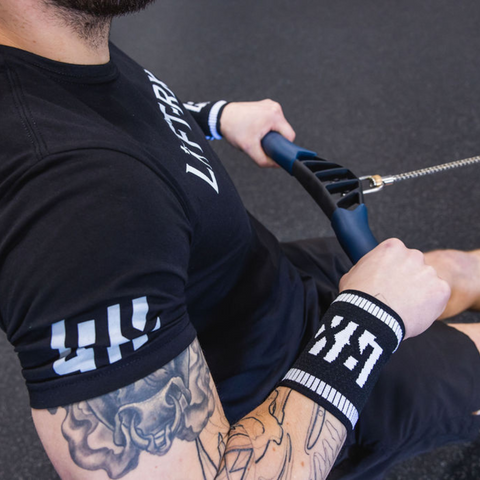
If you’ve been doing cross training for a while now, you will have realized how often WODs involve the rower! Often a WOD, including rowing, will have a high volume of calories, and how quickly you get through those calories can have a huge impact on your score.

However, while many people are willing to spend time learning to walk on their hands or attempt a muscle up, very few people spend time working on their rowing technique.
But it could be the difference maker!
Here, we will look at some technical tips to help you become a more efficient rower and take your WOD times to the next level.
Think of the damper on your rower as gears on a bike. The higher you put the gear, the heavier it feels on your legs.
However, if you place the damper at five or lower, you can use all the necessary muscle groups and keep your technique all the way through each WOD.
As you know, the footrest on a rower can be adjusted to tighten your feet. However, you can also adjust the foot height, which will make the workout more comfortable and aid you in maintaining good technique.
Maintaining the correct posture is essential. Keep your shoulders relaxed and sit up straight. As you start rowing, let your body tilt forwards and backwards slightly, but don’t overextend, or you will become inefficient.

As you begin moving into another stroke, ensure your legs stay straight and only bend once the handle has passed your knees. Once that occurs, allow your to tip forward, to keep a controlled and consistent stroke.
According to British Rowing, at least 60% of your power should come from your legs, with only 10% coming from your arms and the remaining effort coming from your core. Therefore, if you aren’t utilizing your legs effectively, you are missing out big time!
When rowing, your upper body should remain as relaxed as possible. As they only make up 10% of your output, don’t waste energy pulling early or gripping the handle too hard.
When you pull to start a new stroke, keeping everything in a straight line is essential to maintain a smooth stroke and ensure the flywheel is always moving at one speed.
Sometimes you will see other people in the class rowing like mad but not getting off the rower any quicker, just more out of breath!

Rowing slowly, and taking your time through the recovery phase, will not slow you down if you use the correct technique and will ensure you still have energy in the tank to tackle other aspects of the WOD.
Efficient rowing ensures the flywheel is always moving at a constant speed, making it easier to maintain. If speed drops, you are forced to put more energy in to get back up to speed.
Ultimately, keeping your composure and improving your technique are two excellent ways to improve your rowing and WOD performance.
To ensure your handles never get sweaty or your grip doesn’t fail deep into long workouts, check out LYFT-RX’s range of Sweatbands and Grip tape to take your performance to the next level!